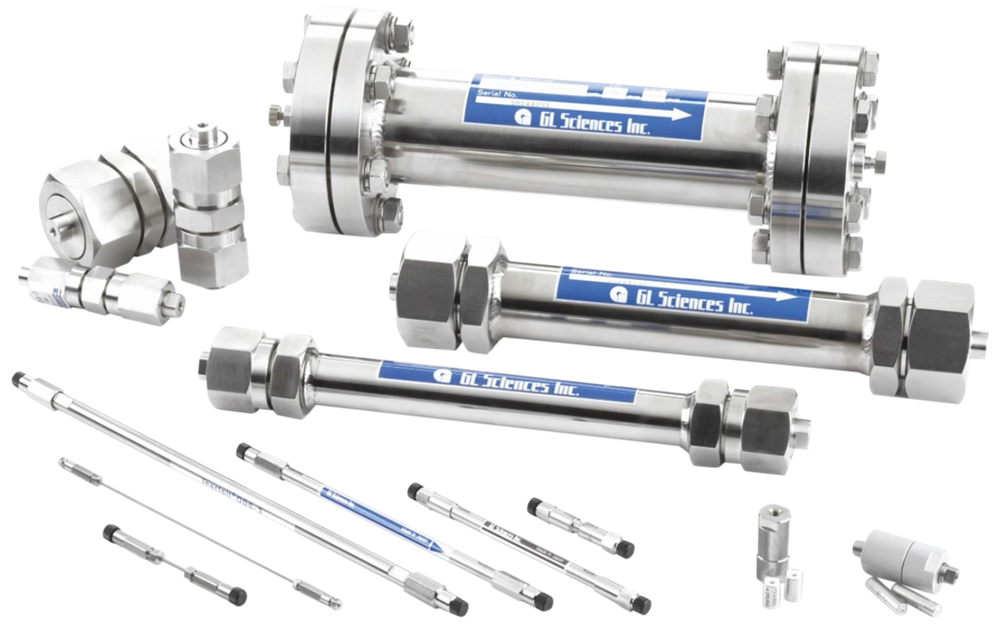How to Select the Proper HPLC Column for Your Application
Posted by Maxi Scientific on Jul 14th 2024
Proper choice of HPLC columns is crucial for achieving optimal separation, resolution, and overall analytical performance. Let's explore the main factors to consider when deciding on your specifications/parameters:
1.Sample Properties
Start by analyzing your sample:
Molecular size
Polarity
Ionization state
Hydrophobicity
Understanding these properties will guide you towards suitable column chemistries.
2.Separation Mode
Choose the appropriate separation mode based on your analytes:
Reversed-phase: For non-polar to moderately polar compounds
Normal-phase: For very polar compounds
Ion-exchange: For charged molecules
Size-exclusion: For separating molecules by size
Hydrophilic interaction (HILIC): For very polar and ionic compounds
3.Stationary Phase Chemistry
Select a stationary phase that complements your separation mode and sample properties:
C18 (octadecylsilane): Versatile, suitable for a wide range of compounds
C8 (octylsilane): Similar to C18, but with slightly less retention
Phenyl: Good for aromatic compounds
Amino: Useful for carbohydrates and polar compounds
Cyano: Suitable for both reverse and normal-phase separations
4.Particle Size and Column Dimensions
Consider these physical characteristics:
Particle size: Smaller particles (sub-2 μm) offer higher efficiency but increased backpressure
Column length: Longer columns provide better resolution but increase analysis time
Internal diameter: Wider columns allow for higher sample loading but may reduce sensitivity
5.Pore Size
Choose an appropriate pore size based on your analytes:
Small molecules: 60-120 Å
Peptides and small proteins: 100-300 Å
Large proteins: 300-1000 Å
6.pH Stability
Ensure your column can withstand the pH range of your mobile phase:
Silica-based columns: Generally stable from pH 2-8
Hybrid or polymer-based columns: Can extend pH range to 1-12
7.Temperature Stability
Consider the temperature requirements of your separation:
Most silica-based columns: Stable up to 60°C
Hybrid or thermally-stable columns: Can withstand temperatures up to 100°C or higher
8.Compatibility with Mobile Phase
Ensure your column is compatible with your chosen mobile phase components, including organic solvents and buffer salts.
9.Column Lifetime and Cost
Balance performance with practical considerations:
Higher-quality columns may be more expensive but offer better reproducibility and longer lifetimes
Consider the frequency of your analyses and budget constraints
10.Method Transfer and Scalability
If you plan to transfer your method to other labs or scale up to preparative HPLC:
Choose columns from manufacturers that offer a range of dimensions with the same stationary phase
Consider column chemistries that are widely available
Have any more questions, or would you like a recommendation? Email us at clientservices@maxisci.com or reach out to your rep!

